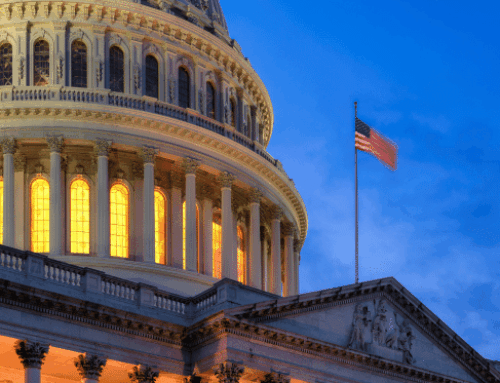Social Security has its diamond birthday tomorrow . And not surprisingly, at 75, the program is showing some age, dipping into a cash flow deficit this year for the first time since 1983. Because of the impact of the economic downturn and the recently passed health care bill, the Social Security and Medicare Trustees annual report makes for some interesting reading. Hopefully the members of the National Commission on Fiscal Responsibility and Reform have it on their nightstand.
It’s easy to get into the weeds and have your eyes glaze over looking at all the numbers, graphs and charts. But as you look across the programs it is clear that a fiscal storm looms on the not too distant horizon. The trust fund portion of Medicare dipped into a cash flow deficit in 2008, the Trustees expect it to be mired there for decades to come (with a brief respite late this decade) and will draw down trust fund assets (from previous surplus years) by 2029. Social Security rebounds a bit as the Trustees assume the economy improves, but by 2015 it’s back in annual deficits and exhausts trust fund assets by 2037.
Don’t expect the health care bill to bail us out either. The recent health care changes either increased the Medicare costs or affected it only in the margins. The prescription drug benefit passed in 2003 was only marginally supported by premiums and predominantly financed out of the general treasury. The health care bill passed earlier this year had some cost control mechanisms, but most of that was spent to increase coverage and the mandated Medicare payment cuts to physicians are unlikely to ever take effect because they are so politically unpalatable. In fact, the Congressional Budget Office has recently stated that “rising health care costs will put tremendous pressure on the federal budget” and the health care bill “does not substantially diminish that pressure.”
Social Security is an intellectually easy, but politically difficult, program to fix because we control the inputs (payroll tax amounts, income subject to taxation) and the outputs (benefit levels, eligibility age, etc.). In fact the program was saved once before, in the 1980s, by adjusting both these inputs and outputs. This is something the debt and deficit commission could tackle. Although we hope it is more than just a band aid, but a real fix such that the program’s income meets or exceeds expenses for the foreseeable future.
Fixing Medicare and ever increasing health care costs is a tougher fiscal nut to crack. The federal government has precious few tools to control overall health care costs in the economy. The Congressional Budget Office expects federal spending related to health care to grow by $400 billion over the next decade. But the protracted health care reform battle has exhausted both the public and policymakers on the topic. Again, this puts greater emphasis on this Commission bridging partisan divides and coming up with innovative and challenging policy solutions for Social Security, Medicare, as well as discretionary spending and taxes. We hope that tome becomes a best seller.








